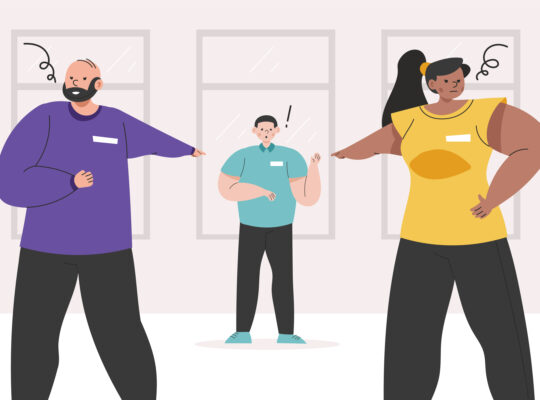| Creating Positive Conversations with Challenging Customers | ||
| Instructor: Myra Golden | ||
| Released: 2/23/2022 | Course Details 30m Intermediate | |
| Skills Covered Customer Service Challenging Environment | Course Link | |
| Professional Certifications and Continuing Education Units (CEUs) This course is part of a Professional Certificate from Zendesk. | ||
Working with Difficult Customers
Be positive with customers, not provoking
Some people use language that leads to escalations:
- “That would be something you’d have to speak to your local provider about. I have no way of knowing this information.”
- “So, we’re just the lab. We don’t work directly with patients.”
- “My supervisor would just tell you the same thing that I’m telling you.”
The negativity in these words are not intentional but the language creates a barrier in the customer’s mind.
Keep interactions positive by offering explanations or options.
Don’t Say:
- “There’s nothing we can do.”
- “That’s something you need to speak to the local provider about.”
- “I was only able to charge $2.19 to your card, but it declined for the remaining $72.88.”
Say:
- “One thing we can try is…”
- “Any specific details on your treatment will come directly from your dentist. We don’t have access to your medical records.”
- “I’m having trouble authorizing your card. Is there another card you’d like to use?”
Pacing your customers
- Pace the customer’s sense of urgency.
- Pace with agreement.
- If you outpace, walk it back.
Get Back on Track
- Check understanding
- Slow down
- Use similar words
Ask your customers “what else?”
Create Positive Conversations with “What Else?”
- Manage expectations.
- Empower customers to help themselves.
- Recap and give next steps.
Positive Positioning Skills
Use partnership language with customers
Flip Conversations with Verbal Aikido
- Keep things positive.
- “I realize this is frustrating for you.”
- “I can appreciate that.”
- “I can see your point.”
- Manage excessive venting.
- “It sounds like you’ve had a frustrating time. Let me take a look and see what’s going on here.”
- “I think I may have a solution for you…”
- Restore confidence with partnering language
- “We want to get to the bottom of this as much as you do.”
- “This is no more acceptable to us than it is to you.”
- “We are eager to fit this for you.”
If they’re intense, positively respond with a sense of urgency.
If they’re angry, address it head-on, in a positive way.
“I sense you are upset. I want to be part of the solution.”
When we can’t give the customer what they want
Feel, Felt, Found Method
“What are the ingredients in this yogurt?”
“I understand how you feel. My daughter has a walnut allergy, and like you, I have to know what’s in the food my daughter eats.”
“We’ve had other customers who share your concern, and they felt just as you do.”
“Here’s what we found helped them…”
This method is a way of saying NO with empathy.
Positive prime customers
Priming:
When you’re exposed to a “stimulus” and it influences how you respond.
“The debt is attached to the meter. Regardless of who accrued the debt, ABC Utility won’t turn on the water until the bill is paid.”
This approach will cause pushback.
“Solutions… suggestions… you need to talk to your landlord… second option… immediately…[and] protects you.”
Words and phrases to avoid and choosing better options
- Use the words “turns out”.
- “Email is an option. Turns out, now you can also text claims photo to us.”
- “You card was declined”
- “I’m having trouble authorizing your card”
- Don’t say – “That’s because you’re using it incorrectly.”
- “Let’s take a look and see what’s going on.”
- Instead of “So, the widget is defective.”
- “It’s not working as it should”
- “My manager will just tell you the same thing I’m telling you.”
- “I can certainly transfer you to a manager. I’d like first to try to explain what’s going on here before transferring. Will that work for you?”
Positive Positioning in Action
Position controversial policies
3R Method:
- Recognize
- Reframe
- Resolve
Recognize – “I can appreciate your perspective”
Reframe – “Here’s where we are. We require masks for the safety of audiences, cast and employees.”
Resolve – “To enter the theater, you’ll need to wear a mask. If you don’t want to wear a mask, we ask that you come back when we no longer have a mask mandate.”
Issues with billing or customer rewards
Billing issues are more sensitive than other complaints, so focus on understanding the issue.
Billing Complaint Tips
- Thank the customer.
- Don’t challenge the customer.
- Apologize regardless of fault.
Politely distancing from hot topics
- Listen more than you talk.
- Keep it neutral.
 | Remember! To experience the full benefit of this guide, I highly recommend you watch the full training session. |






